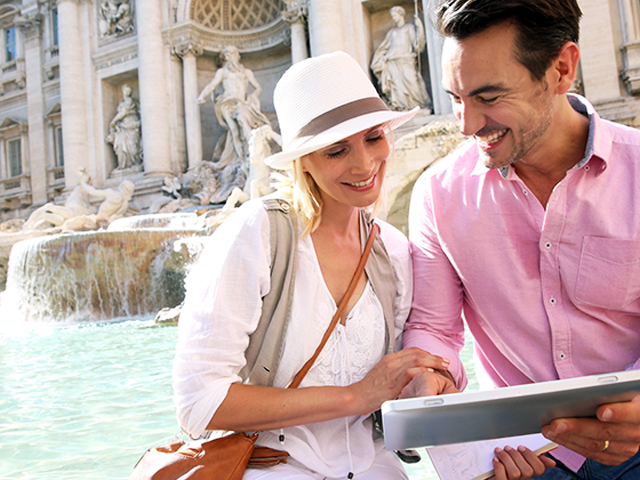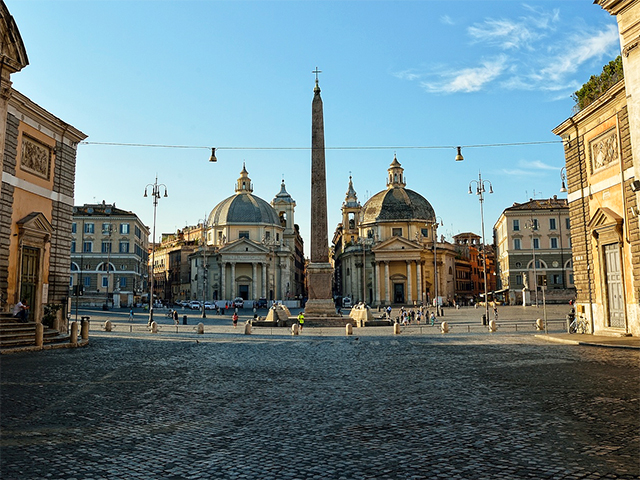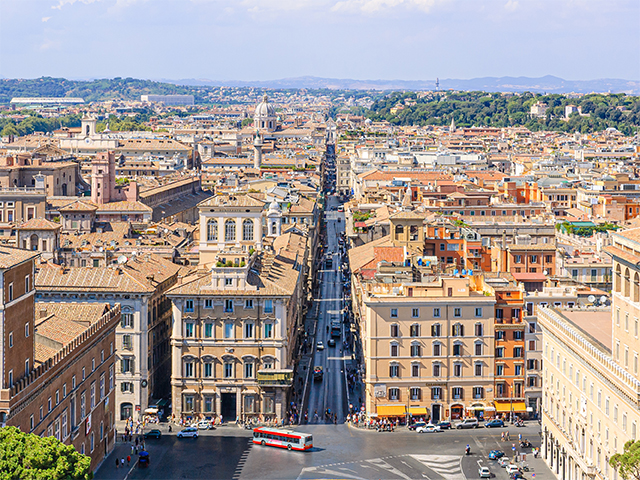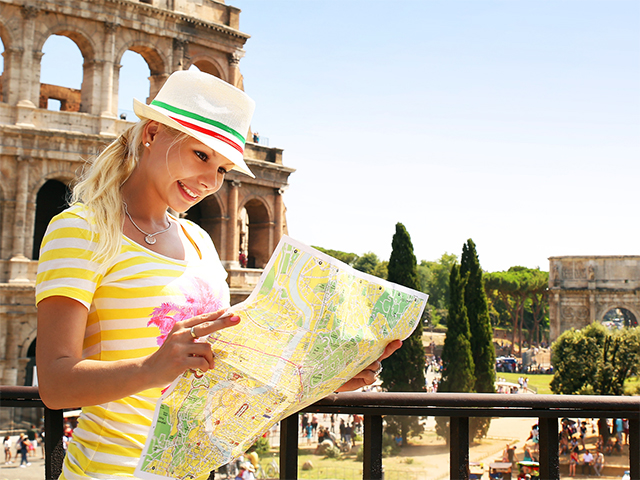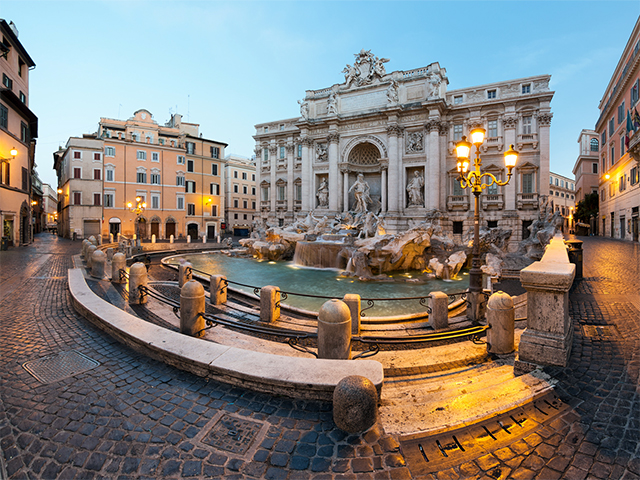Rome in 3 days: third day
Third part of the itinerary to visit Rome in three days and experience an unforgettable weekend.LENGTH

9-10 hours
Difficulty
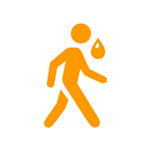
Medium
Budget

Medium
Route stops
- Visiting the Colosseum: pictures, history, opening hours and ticket prices
Pictures, history, opening hours, ticket prices and all the information to visit the Colosseum in Rome skipping the line.
- The Imperial Fora in a few hours
Visiting the Imperial Fora in a short time: visiting and opening times, ticket prices and all useful information.
- Il Vittoriano and Venice Square
Altare della patria (Altar of the Fatherland) and more: opening hours to the exhibitions and what to see during your visit to the Vittoriano complex in Venice Square.
- Via del Corso: not only shopping
Shopping in Rome: how to get to Via del Corso and to the best shops in via dei Condotti and Via del Tritone.
- Villa Borghese
Opening times, museums, Galleria Borghese and also information about parking facilities, about the Bioparco zoo and visits with children.
Pictures, history, opening hours, ticket prices and all the information to visit the Colosseum in Rome skipping the line.
Visiting the Imperial Fora in a short time: visiting and opening times, ticket prices and all useful information.
Altare della patria (Altar of the Fatherland) and more: opening hours to the exhibitions and what to see during your visit to the Vittoriano complex in Venice Square.
Shopping in Rome: how to get to Via del Corso and to the best shops in via dei Condotti and Via del Tritone.
Opening times, museums, Galleria Borghese and also information about parking facilities, about the Bioparco zoo and visits with children.
FIRST DAY | SECOND DAY | THIRD DAY
If you are here, you will have probably read the first two articles of the route "Visiting Rome in 3 days". If you haven't done it yet, click on the links above.
ROMA PASS 72 HOURS
DISCOVER ALL THE TOURS ON ROME
1. Here we finally are, at the last stage of our journey in the eternal city. As we said at the beginning, not even in a lifetime would you see everything and know completely this wonderful city. Rome is really able to surprise in any moment. Authentic pearls appear in all their splendour, and at the same time unexpected hidden treasures pop out turning around the corner, between the pebbles of any street, along the illuminated streets at night or among the stalls of a rowdy morning market.
We start the final day of our itinerary in the best possible way, visiting one of the world's seven wonders, UNESCO Heritage Site, as well as unmissable stop for any true visit to Rome. What are we talking about? It's clear, the unique and inimitable Flavian Amphitheatre, known and called by all Colosseum!
Getting there is really easy. You will only have to get off at the metro stop (line B) with the same name and you will find it in front of you. Admission is allowed from 8.30 in the morning until sunset so let's start moving in the morning!
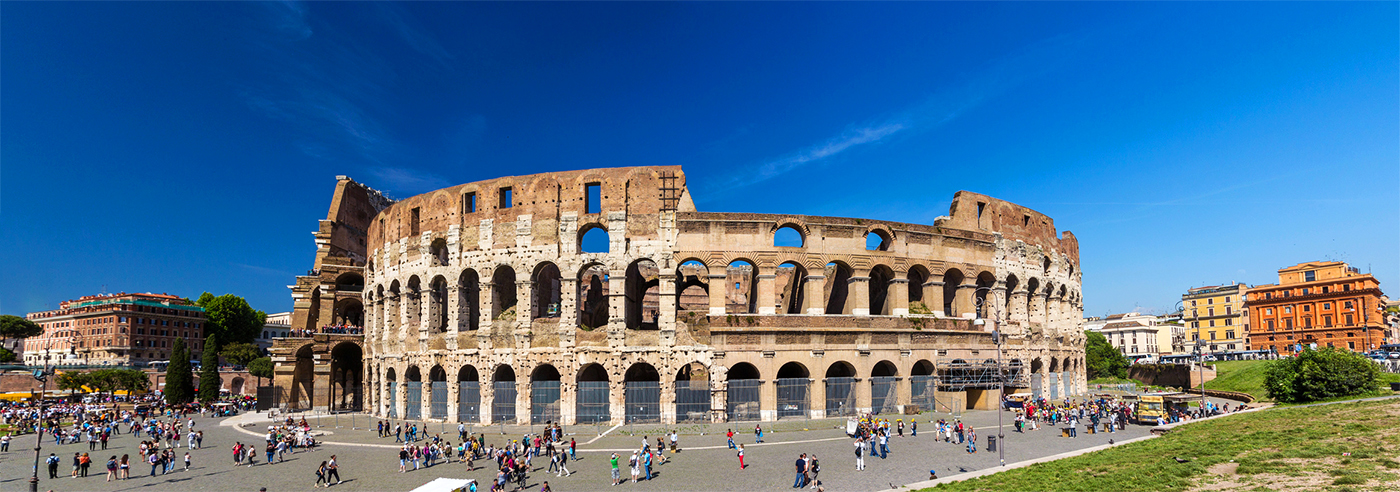
The Flavian Amphiteatre known by all as Colosseum
This imposing amphitheater, which construction dates back to 72 AD, has represented for centuries the leisure and entertainment of the Romans. Here took place gladiator battles, commemorations of famous battles and tragedies based on Greek mythology.
To visit the Colosseum you can decide to walk around it, take some picutres while you have a drink, or you might as well enter buying a ticket (€12) that will allow you admission into the complex of the Imperial Fora as well.
We recommmend to buy your ticket but, especially, to book it online to jump the queue.
DISCOVER THE TOURS OF THE COLOSSEUM AND IMPERIAL FORUMS
2. Once outside the Colosseum, a fantastic walk in history awaits, in one of the most famous and at the same time most fascinating archaeological and historical areas in the world. We are talking about the Imperial Fora.
But what are exactly the Imperial Fora? They are a number of monumental squares built by Roman emperors in less than two centuries. It was actually emperor Caesar in 46 B.C. who iniciated the reclamation of the area. The forum of Caesar was followed by the forum of Augustus, the forum of the Peace by Vespasian, the forum of Nerva, and finally the spectacular forum of Trajan, with the group of Trajan markets.
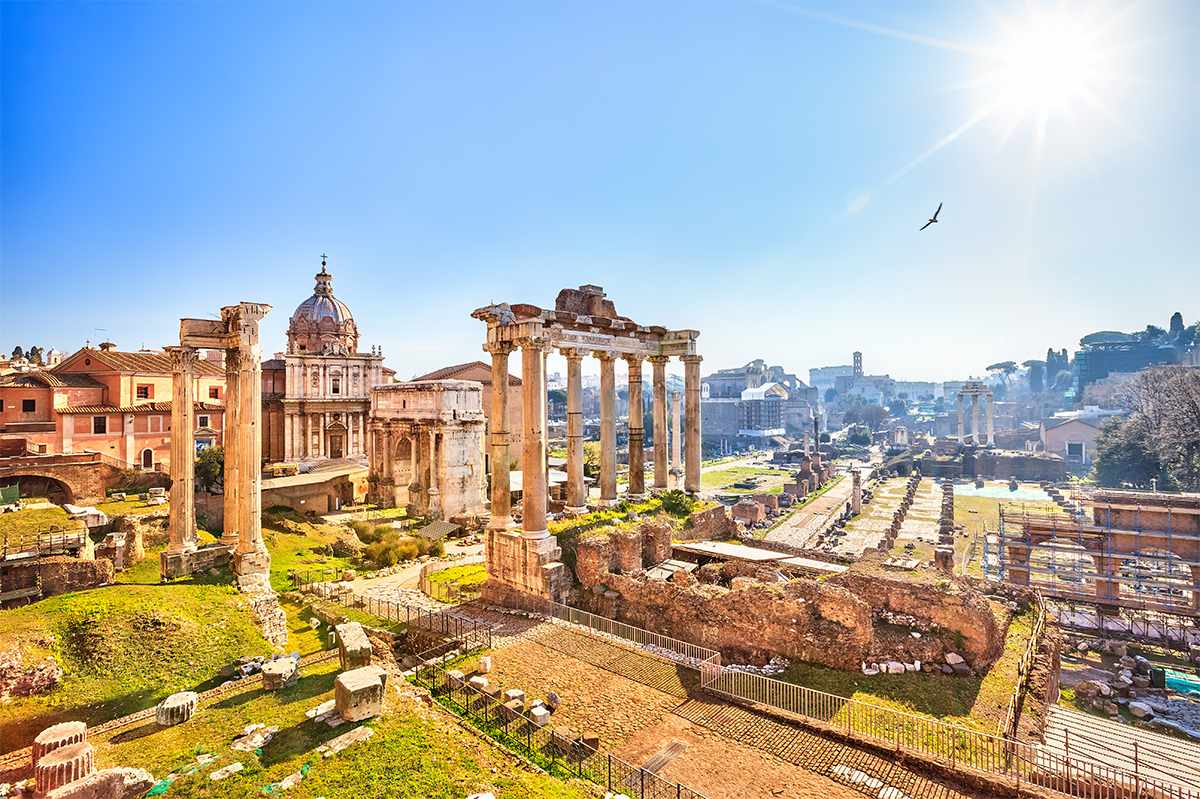
Imperial Fora
Between 1932 and 1933, trying to build a rectilinear path for militar parades, Benito Mussolini decided to “cut” in two the complex building the “Way of the Empire”, precisely today's Via dei Fori Imperiali (Way of the Imperial Fora). It's no coincidence that on the 2nd of June, the parade of Festa della Repubblica, the Italian National Day, takes place in this street.
To find out more read our article about the Imperial Fora!
3. Once you get to the end of the way of the Fora you will find yourselves in Piazza Venezia in front of the Vittoriano, an imposing monument that, with its majesty, cultural and historical significance represents the Italy of the last two centuries.
Its name comes from Victor Emanuel II of Savoy, first King of Italy. Since 1921, when it started housing the remains of the Unknown Soldier, the monument took on a new symbolic value. What at the beginning had been designed as a dynastic monument, became an exaltation of united Italy and its freedom. It's no coincidence that the monument is also known as Altar of the Fatherland.
Architect Giuseppe Sacconi wanted to represent both allegorically and geografically the whole Italy getting inspired by the big Greek sanctuaries.
Go up the large staircase and carefully observe the countless monuments present. If you feel disoriented you can read our our in-depth article.
Once on top, admire the amazing sight of the winged quadrigas, symbol of Unity and Freedom and from the terrace, enjoy one of the most beautiful panoramic views over Rome.

Altar of the Fatherland
4. On the other side of Venice Square, opposite to the Vittoriano starts Via del Corso, Rome's shopping street par excellence.
This street is always crowded and crammed with shops, souvenirs, pedlars, but also with churches, monuments, banks, organisations and important political institutions.
Via del corso is a one and a half kilometer-long street that links Piazza del Popolo with Piazza Venezia. Here are important international brands like Adidas, Nike, H&M and Disney. If you take, instead, the cross street Via Condotti you will find the finest Italian fashion brands like Valentino, D&G, Prada, Gucci, Versace and others

Via del Corso
Via del Corso will lead you straight to Piazza del Popolo and from there, to Piazzale Flaminio, the metro stop where you started the tour yesterday. Here is one of the 9 entrances to Villa Borghese, the splendid park where we suggest you spend the rest of the day.
5. Greenery, art and entertainment contained 80 hectares in the heart of Rome: that's what Villa Borghese is about. This big park was born between the end of the sixteenth century and the begining of the seventeenth century when Pope Paul VI, who wanted to build the most luxurious and magnificient aristocratic abode in Rome, created a "villa of joy and the widest Roman garden".
In 1901 the park was acquired by the Italian State, which afterwards gave it up to the Town Council of Rome. Since then, villa Borghese is open to public every day.
DISCOVER ALL THE TOURS OF VILLA BORGHESE
But what to do in Villa Borghese? Well, to be honest, you are spoilt for choice. If you want to find out about the main attractions present in the park, read carefully our in-depth article.
In the meanwhile, we suggest you to visit the romantic Lake Garden with the Temple of Asclepius, or explore the artistic wonders of the Borghese Gallery and the Modern Art Gallery.
If you want your children to have fun, then take them to the Bioparco zoo or to the Casina di Raffaello, a nice play center for children aged 3 to 10.
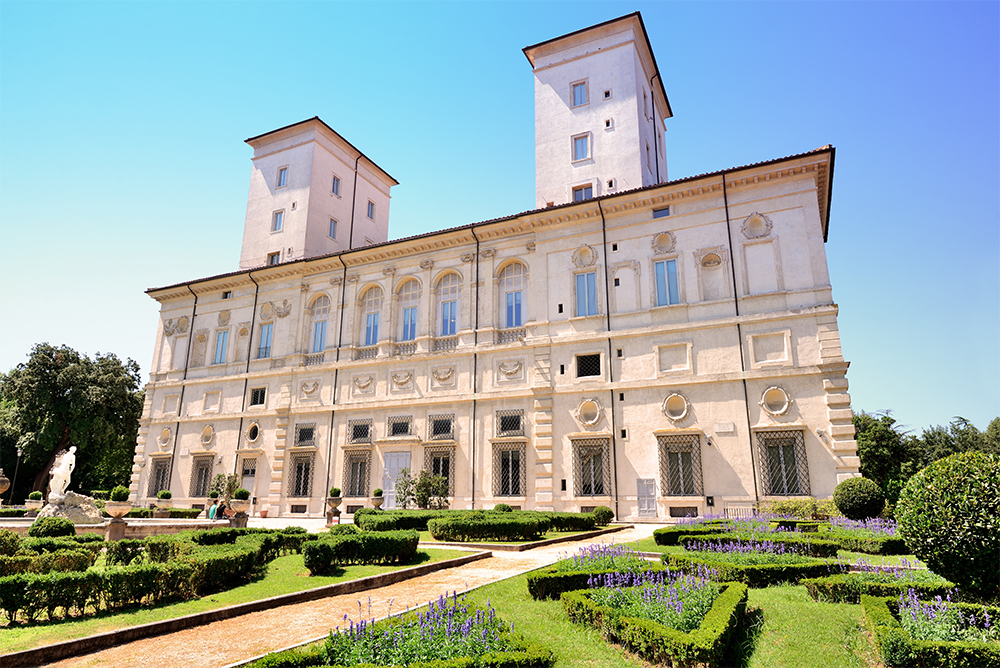
Villa Borghese

Villa Borghese - Lake Garden with the Temple of Asclepius
And here we are, at the end of this long Roman weekend! Among monuments, museums, parks and other amenities, we have seen some beautiful spots. Of course, Rome doesn't end here, what's more, as we initially said, not even in a lifetime would you have time to see it all.
That's why we suggest you to discover our alternative itineraries to spend 1 or 2 days in the capital or even just half a day. You can find the articles on the menu above or clicking on the Routes section.
As usual, we are willing to read your comments and stories. Enjoy your trip!
Click on the day of the itinerary that you are interested in:



 PORT MOBILITY CIVITAVECCHIA
PORT MOBILITY CIVITAVECCHIA








